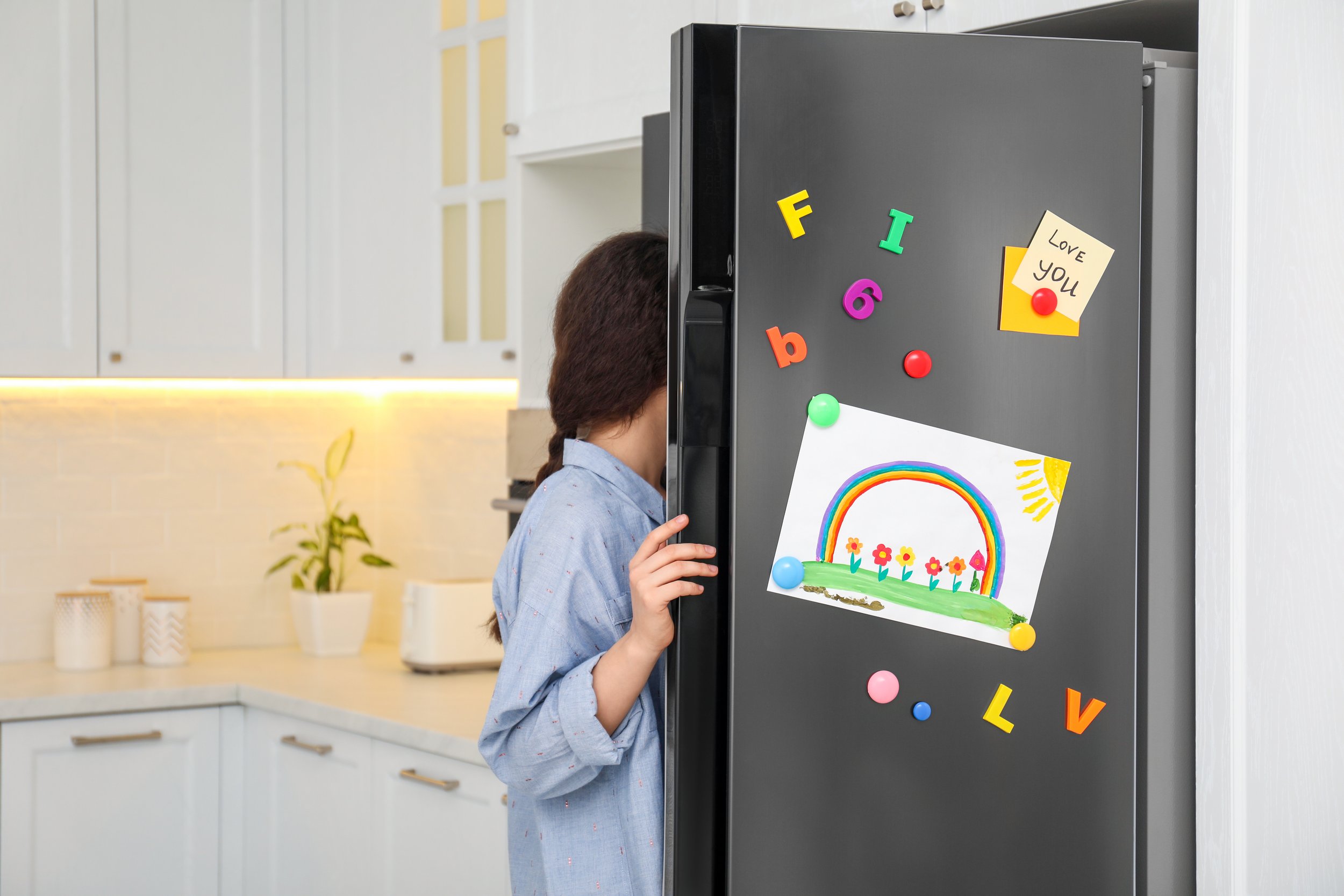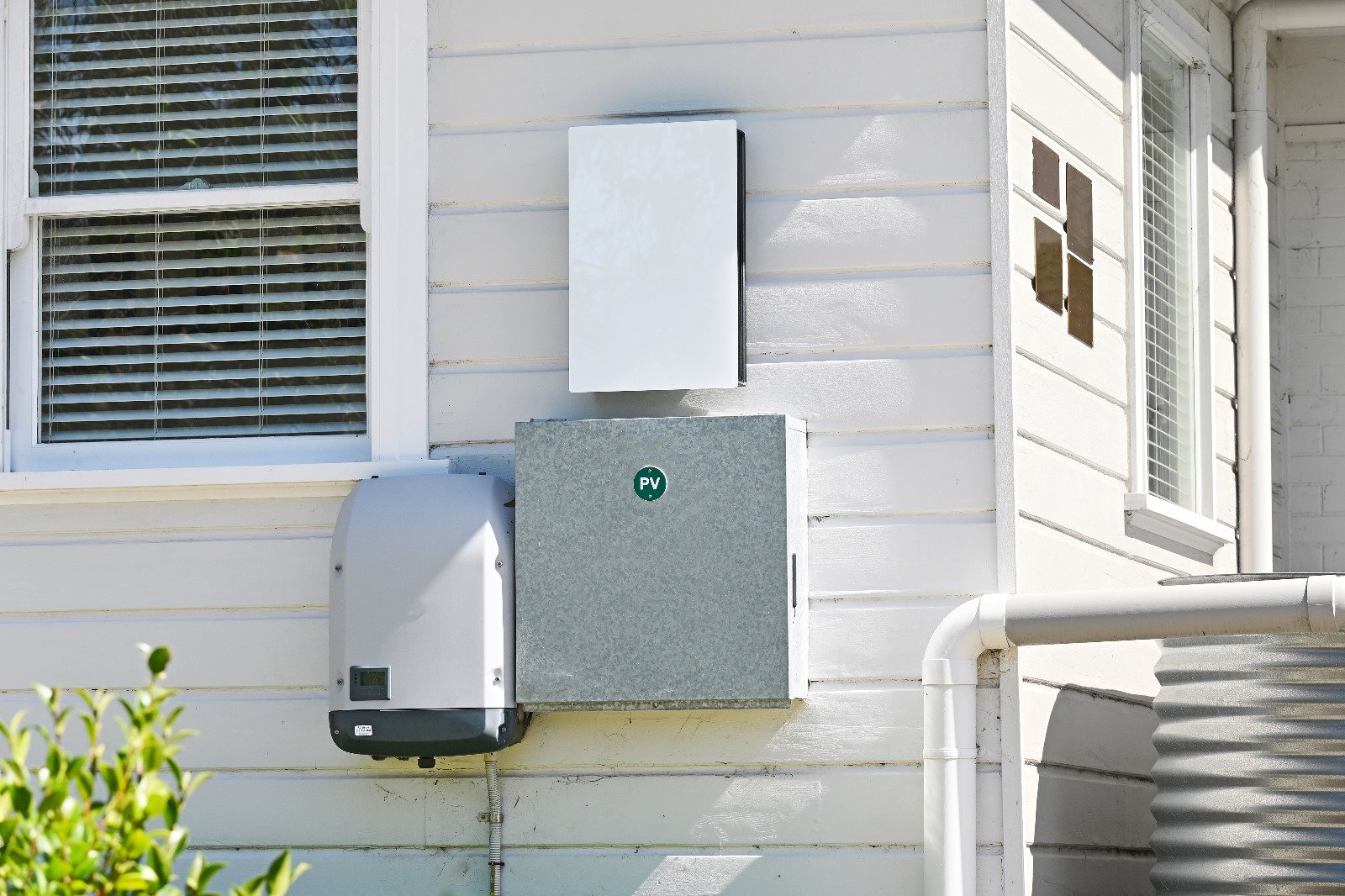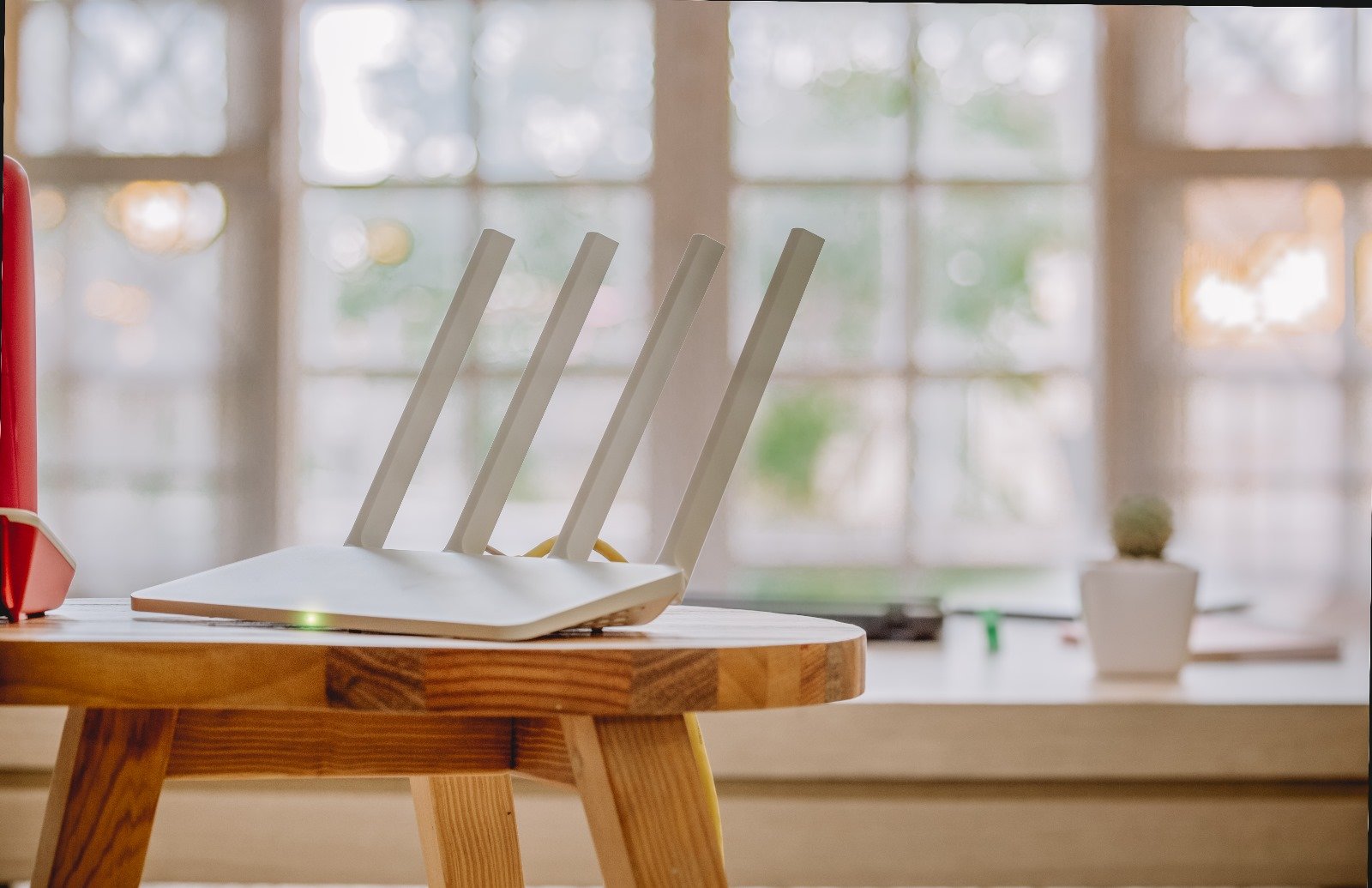
What Appliances Use the Most Energy in a Home?
What Uses the Most Electricity in a Home?
Author, KELSEIGH WRIGLEY, Energy Specialist, Canstar Blue, 17/08/2023, https://www.canstarblue.com.au/electricity/the-most-energy-draining-appliances-in-your-home/
Disclaimer: Please be advised that Powersensor is sharing this content for educational purposes only and is not directly affiliated with Canstar Blue.
In this article, Canstar Blue investigates what appliances use the most power in the home. We also reveal tips and tricks to help reduce these costs.
No one likes when their electricity bill arrives – well no one we know anyway. Often the bill is higher than you were expecting. Unfortunately there are a lot of factors at play that determine your power bill, so it can be hard to pinpoint the main culprit that’s driving up your energy usage.
One thing you can look at immediately is the energy efficiency of the appliances you use regularly, and whether they are the main culprits or not. While you may know some of the main energy suckers, you might not know just how much power they use. The results can be surprising! Just by having the knowledge you’ll have the power to make decisions that can save money on your electricity bill.
In the context of rising electricity prices, and with appliances having the potential to be a significant contributor to household consumption, Canstar Blue has gathered some of the top appliances that may be eating up your power bill.
What uses the most electricity in the home in Australia?
Home appliances, particularly those that may be dated, could be the culprit behind your shock power bill, so it is important to know which ones may be contributing more to your energy usage than others. The easiest way to do this is by checking the energy efficiency rating given on your particular appliance in question. But outside of this, there are some home appliances which generally tend to use more power than others, which can be helpful to keep in mind when budgeting for your next power bill. We’ve listed the top six energy draining appliances below, as well as cost guides for each one.
1. Fridges
The fridge is one of those appliances that you unfortunately have no choice but to run 24/7, which is why getting the right size and efficiency for your requirements can make all the difference to your energy bill. For instance, purchasing a fridge that is too big will see the generation of extra electricity to power unused space. While one that’s too small may see you utilising other spaces (such as that extra fridge in the garage) for storage, which could be adding extra unnecessary dollars to your power bill.
Placement and settings can also play a helpful role in saving energy when it comes to fridges. Keeping fridges in cool spots or adjusting the temperature settings may help to save electricity in the long run.
2. Oven*
Though used far less often than the trusty household fridge, ovens can prove a sneaky power-drainer depending on its fuel type, size and of course usage. Particularly if you are a household that regularly uses the oven for extended periods of time, it’s important to understand how this may be impacting your energy bill. For example, whether you are using electricity or natural gas to power your oven may play a significant role in how much your usage will cost you. Settings and controls can also impact your usage amounts.
No matter the oven you choose however, to ensure greater energy efficiency it may help to use pots with lids when heating up liquids or food, and to make sure the oven door is kept closed as much possible.
3. Washing Machine
As with refrigerators, how much energy it will cost to run a washing machine will come down to what size machine you choose. Picking the right size washing machine for your needs is an important initial step in achieving energy savings. Using a cold wash option is preferable, while loading the machine fully each time will save on the extra cost of putting another load on.
Energy efficiency can also vary wildly for washing machines, mainly based on if you have a top loader or front loader model. This might be something worth considering the next time you are in the market to buy a new washing machine for your home.
4. Clothes Dryer
When it comes to drying clothes, drying on a rack or the line is the preferred option as dryers are one of the more notorious energy-drainers. Of course, how much energy your clothes dryer will cost you comes down entirely to usage habits. A helpful tip though is to not over-fill the dryer as this will slow down the drying process and lead to greater energy usage. If you’re on a peak/off-peak electricity plan, the opportunity also exists to cut down costs by scheduling washing and drying during off-peak electricity hours.
Energy use can vary wildly depending on what type of dryer you have; not all are equal! So be sure to research which may be best for your household next time you are in the market for a new dryer.
5. Air Conditioner*
Air conditioners are again one of the more notorious appliances for their energy-draining qualities. You might have one in your bedroom, but they’re also commonly found in the lounge room to prevent you sweating through the latest horror movie. One of the more popular types of air conditioner is the split-system air conditioner, which is generally more energy-efficient than other types of air conditioning, but they can still be a big energy-drainer.
Keeping an eye on the temperature and settings may help to reduce some of the costs associated with using your air conditioner, particularly during those warmer months. Setting a timer for usage and keeping doors and windows closed to isolate the cooling to a smaller surface area may also help to keep costs to a minimum.
6. Home Entertainment
While individually devices that fall under ‘home entertainment’ may be fairly innocuous when it comes to your energy bill, together they work as a team to drive up energy use. Adding to that, these devices are also typically left on at least standby 24 hours a day, and see significant usage in peak times. That being said, it could be surprising just how much energy leaving your appliances on standby could cost you.
Undoubtedly, the biggest energy-drainer in home entertainment however is the television. This also varies depending on if you have plasma or an LED/LCD television, but no matter what, it can pay to monitor the humble TV’s energy consumption.
Since televisions are one of the biggest energy consumers, when making a purchase, you should opt for the more energy efficient option amongst your preferred display technology. Apart from that you can also save energy by turning appliances off at the power outlet when they are not in use. They can still consume energy when in standby mode, potentially making up a significant percentage of household energy use.
Please note the Powersensor WiFi Plug can monitor plugged appliances; as such, asterisks on the above-wired home appliances of 2—oven and 5. Air Conditioners are presently incompatible with Powersensor but will be compatible in the future. However, if you have a plugged airconditioner or oven and Powersensor is able to provide the energy data you need to understand and switch out these appliances.
Appliance Rebates and Subsidies
If you are located in Queensland, you may be eligible for the Climate Smart Energy Savers rebate. Find out more here.
Start Saving Now in 4 Easy Steps
01.
Check Your Meter and Connection
Check have a digital meter, within 10 meters of your intended Powersensor plug position. As well as your connection, to ensure its single-phase.
02.
DIY Install your Powersensor
Purchase your Powersensor online. Once your Powersensor has arrived, follow the simple, in-app guided 15-minute DIY installation process. No need for electricians, site inspections, or power disruptions.
03.
Understand Your Energy Usage
Begin to monitor your home's energy consumption and identify energy usage patterns such as peak times and appliances with high energy loads, like air conditioning, lighting, washer and dryer.
04.
Make smarter energy choices
Start to make small steps to reduce your power bill, such as switching out an old appliance, running your high-load appliances on a timer, or pre-cooling or heating your home.
Ensure your energy bills are accurate from your energy retailer, in the case of an estimated meter.
Avoid bill shock and budget effectively! Understand your real-time usage rather than receiving an end-of-billing cycle bill.
Gain insights into your energy usage and whether you would benefit from a meter upgrade to enable solar or a battery.
Gain control over your energy future in a few simple ways
Thinking of going solar in the future?
Easily upgrade to our Essentials Solar Monitoring Solution, at no cost. Show me more!
The Solution
The Sensor
Our sensor detects usage from the meter box and sends this data to the cloud every 30 seconds to ensure you stay informed of your usage all the time.
The Plug
Our WiFi Plug acts as a gateway transmitting data directly from your appliances to provide real-time insights and control. As well as calibrating when a high-load appliance is connected to the plug.
The App
The Powersensor app shows your real-time and historical energy data and provides a step-by-step guide for easy installation.
Easy Installation
Safely DIY install your Powersensor within 15 minutes.
This 2 minute video will show you how!
No tools, electricians and site inspections are required. No need to disrupt your energy supply or go near live wires.
Compatible with
Residences of All Types
Powersensor provides real-time data for homes, townhouses, some apartments, and small businesses—with a single-phase electrical connection. With a standalone digital meter box, within 10 meters of the Powersensor installed plug.
Almost Every Solar PV Setup
Retrofittable and easily installed with any inverter or solar setup, regardless of the brand or year of make. As long as there is a standalone digital meter box within 10 meters of the Powersensor installed plug.
A Fixed WiFI Connection
Powersensor is designed to connect to your WiFi, as WiFi has a greater range and can work with multiple devices. The Powersensor solution requires a secure 2.4GHz WiFi with internet connection, which is password protected.

























